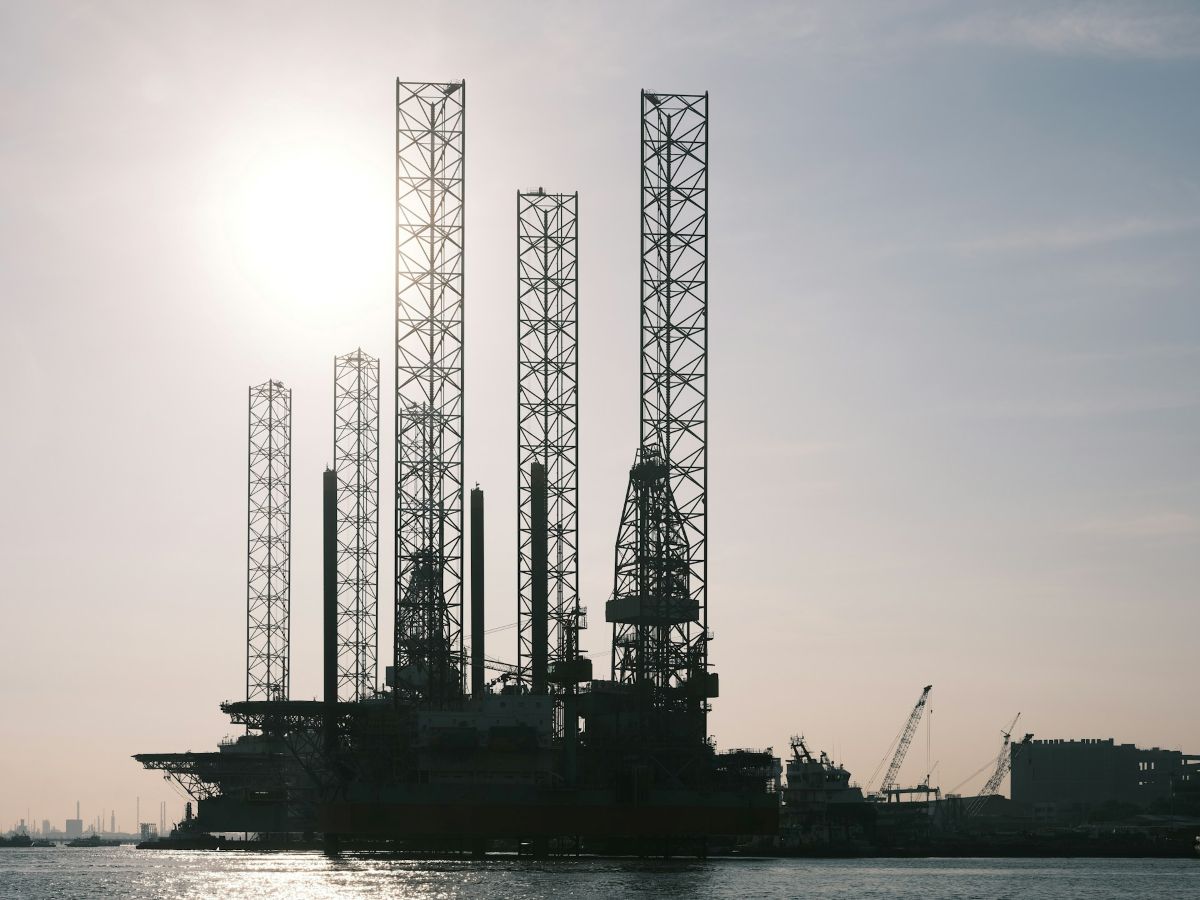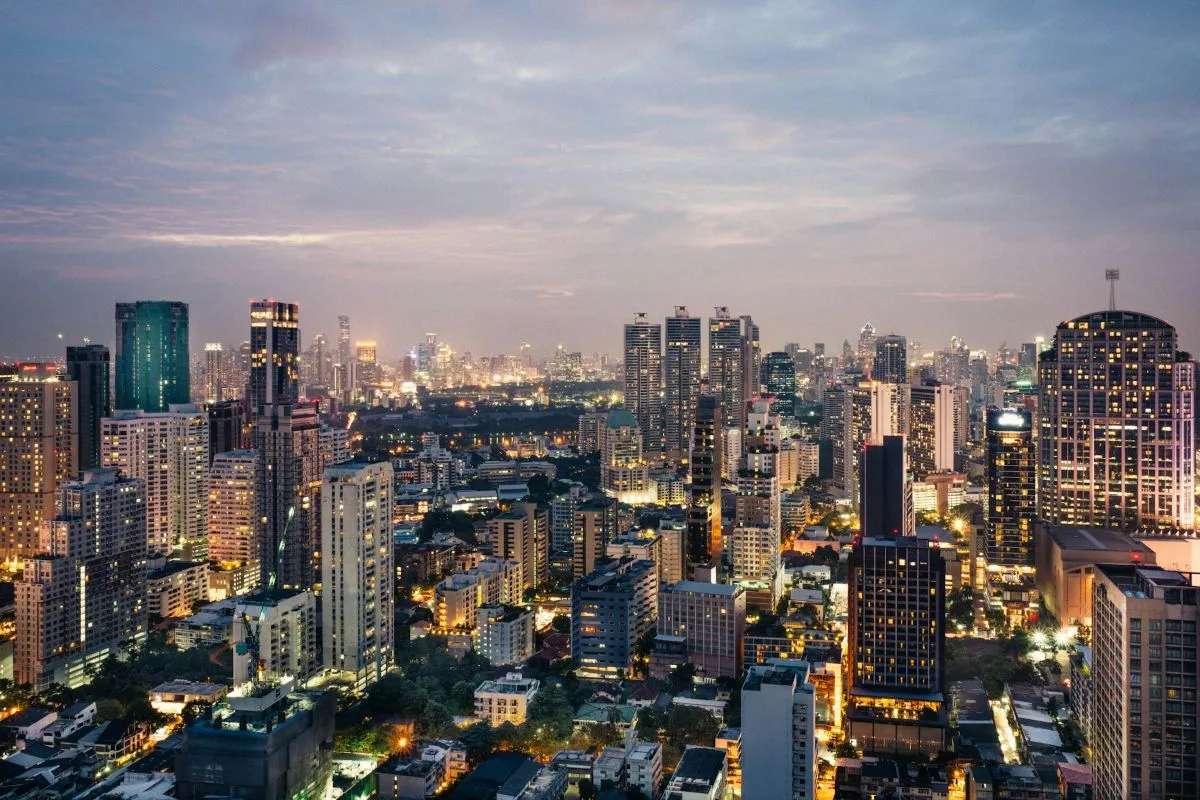Table of Contents
ToggleSingapore, a nation known for its world-class infrastructure and efficient governance, faces a unique challenge in the realm of energy. With no significant domestic fossil fuel resources, the country has historically relied on imports to power its economy. Despite these limitations, Singapore has carved out a sophisticated and resilient energy landscape, marked by innovation, strategic policy direction, and a growing commitment to sustainability. As global trends shift toward decarbonisation and energy security, the Singapore energy industry stands at the crossroads of transformation and opportunity.
Read our Singapore country guide
A Heavy Reliance on Natural Gas
Natural gas has long been the cornerstone of Singapore’s energy mix, accounting for more than 92% of electricity generation according to the International Energy Agency. The country began its shift from oil to gas in the early 2000s, recognising natural gas as a cleaner and more efficient alternative. Today, Singapore imports liquefied natural gas (LNG) through its state-of-the-art terminal on Jurong Island, a facility that allows the country to diversify supply sources beyond pipeline imports from neighbouring Malaysia and Indonesia. This strategic infrastructure has become a critical safeguard in a region vulnerable to geopolitical tensions and supply chain disruptions.
However, reliance on natural gas comes with its own vulnerabilities. Price volatility in the global LNG market, particularly during periods of geopolitical conflict or extreme weather events, can affect domestic energy costs. Singaporean policymakers are aware of these risks and have begun investing in solutions that reduce dependence on imported gas. These efforts are not just about diversification; they are also about aligning with long-term goals of environmental sustainability and carbon neutrality.
The Push for Renewable Energy
Despite its limited land area and lack of natural resources, Singapore is serious about expanding its renewable energy footprint. Solar power stands out as the most viable form of renewable energy for the island nation. Rooftops of public housing, commercial buildings, and industrial facilities have been rapidly outfitted with photovoltaic panels in recent years. Floating solar farms—installed on reservoirs like Tengeh—offer an innovative way to overcome land constraints while generating clean electricity.
Still, solar alone cannot meet the country’s energy needs, particularly during non-peak sunlight hours. This has led to significant interest in regional power grids and energy imports from neighbouring countries. Under the ASEAN Power Grid initiative, Singapore aims to tap into the abundant renewable energy sources of its neighbours, such as hydropower from Laos and solar from Indonesia. Pilot projects are already underway, including electricity imports via Malaysia and discussions on establishing multilateral grid connectivity across Southeast Asia.
Read more: Singapore Renewable Energy Industry: Green Future Energy Projections for a Sustainable Tomorrow
Innovation and the Green Economy
Technology plays a pivotal role in transforming the Singapore energy industry. The government has positioned the country as a hub for energy innovation, attracting startups, multinationals, and research institutions working on next-generation energy solutions. Smart grids, energy storage systems, and hydrogen technologies are all areas of active research and development. Singapore’s Energy Market Authority (EMA) regularly launches funding rounds and testbeds to accelerate the commercialisation of promising energy technologies.
Hydrogen, in particular, is gaining traction as a potential game changer. Although still in early stages of development, Singapore is exploring the feasibility of using hydrogen as a long-term clean fuel. Government agencies are collaborating with global energy companies to evaluate its role in sectors such as power generation, transportation, and heavy industry. These initiatives are still largely experimental, but they underline Singapore’s ambition to lead in emerging energy technologies and secure a low-carbon future.
Read more: Thailand Energy Sector: A Nation on the Path to a Greener Future
Regulatory Framework and Market Liberalisation
The structure of the Singapore energy industry reflects a highly regulated yet liberalised market. The Energy Market Authority oversees the system, ensuring a balance between reliability, affordability, and environmental sustainability. Over the past decade, Singapore has gradually opened up its electricity market, allowing consumers to choose their energy retailers. This liberalisation has spurred competition, improved service levels, and encouraged companies to offer more sustainable energy packages.
However, with increased complexity comes the need for robust governance. The EMA maintains tight oversight of energy generation, grid reliability, and retail activities. In times of market volatility, the regulator has not hesitated to intervene with temporary measures to stabilise prices and maintain public confidence. This careful balance of regulation and market freedom has allowed Singapore to maintain a highly secure and efficient energy system, even during global energy crises.
Read more: The Indonesia Energy Sector: Growth, Opportunities, and Investment Potential
Challenges on the Road to Net Zero
Singapore’s ambition to achieve net-zero emissions by 2050 presents a significant challenge for its energy sector. The journey will require a fundamental shift in how energy is produced, distributed, and consumed. Carbon pricing is already in place, with the carbon tax set to rise gradually in the coming years to encourage emissions reductions across all industries. The government has also introduced green financing frameworks and sustainability reporting requirements to steer businesses toward low-carbon operations.
Still, questions remain about how fast these changes can be implemented. The heavy reliance on natural gas, the limited potential for domestic renewables, and the need for advanced energy storage and import infrastructure all pose obstacles. Moreover, consumer habits and industrial processes must evolve in tandem with supply-side reforms. It is a massive undertaking, and while Singapore has a solid foundation, the path forward will require sustained commitment and collaboration between the public and private sectors.
Strategic Regional Role
One of the lesser-known yet increasingly important aspects of the Singapore energy industry is its regional influence. As a global trade hub and financial centre, Singapore is positioning itself as a key player in Asia’s energy transition. It is home to one of the world’s busiest oil refining and trading hubs, and it continues to serve as a base for international energy firms operating across Southeast Asia. The city-state also hosts major energy conferences and plays an active role in shaping ASEAN’s energy policies.
This regional positioning is not just about influence; it’s also about opportunity. Singapore’s leadership in regulatory frameworks, digital energy systems, and sustainable financing allows it to export expertise across the region. Companies based in Singapore are increasingly involved in clean energy projects in Vietnam, the Philippines, and Indonesia, among others. This outward-looking strategy not only enhances the resilience of the domestic energy system but also reinforces Singapore’s role as a bridge between global capital and regional energy demand.
Read more: What ASEAN Member Countries Can Learn from Vietnam’s Renewable Energy Boom
Conclusion: A Deliberate and Ambitious Path
The Singapore energy industry exemplifies strategic foresight in action. While the country’s natural constraints could have been limiting, Singapore has instead turned them into a catalyst for innovation, diversification, and global engagement. The road to a low-carbon future is fraught with challenges, from technological uncertainty to regional coordination hurdles. Yet Singapore has proven time and again that careful planning, strong governance, and a relentless drive for excellence can overcome even the most difficult obstacles.
As the world watches the energy transition unfold, Singapore stands as a model for small nations seeking sustainable growth. Its energy story is still being written, but the early chapters already reveal a nation determined not just to adapt to the future—but to shape it.
Ready to expand into the Singapore energy sector? Contact Eos Global Expansion today to unlock your growth in Southeast Asia. Check our full-range of EOR services here or book a free consultation now.
Photo by Galen Crout on Unsplash






